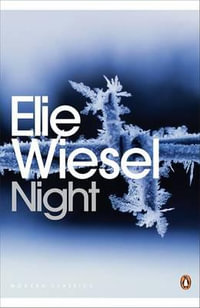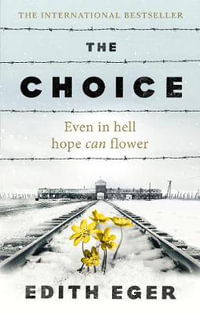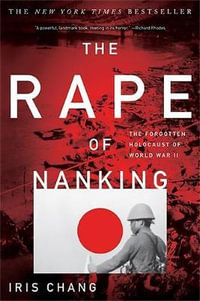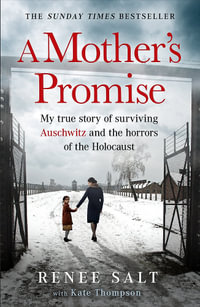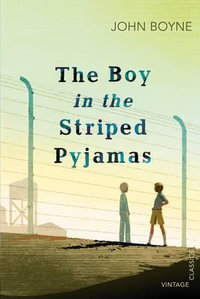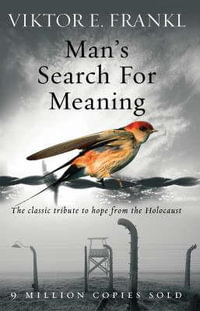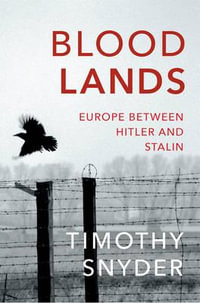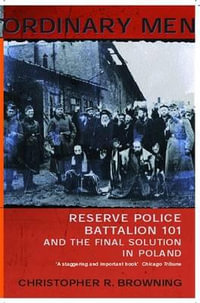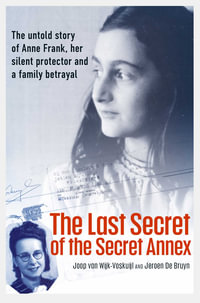The purpose of this volume is not simply to compile yet another narrative of the litany of horrors that have been committed by our fellow human beings. Most students that register for a course on Genocide assume wrongly that it is solely about the Holocaust. Often it is the only case with which they are familiar. Many of them have read Elie Wiesel's poignant, eloquent masterpiece Night in secondary school, and some may have read The Diary of Anne Frank. Some students might even be vaguely aware of the genocide that occurred in Rwanda. Like most people, however, they simply equate genocide with mass killing. Undergraduate students need to know that the United States and the Soviet Union collaborated to undermine and co-opt the 1948 Genocide Convention at the UN--because the states wanted nothing to do with outlawing genocide as Raphael Lemkin, who coined the neologism "genocide" originally defined it "a colonial crime of destroying the national patterns of the oppressed and imposing the national patterns of the oppressors." This was a process, Lemkin said, that could sometimes but not always result in mass murder. Students need to know how and why the understanding of genocide changed so dramatically over the years, and what this means in the context of the world in which they live.Students also need to know that Lemkin's ideas were most strongly supported at the UN by member states that were former colonies--namely Egypt, India, Pakistan, China, and the Philippines--and by women within many of the delegations that were working to prevent the UN from succeeding in outlawing genocide, such as those from the US and the UK. Students need to know why the final text of the UN Genocide Convention was a compromise document that the great powers could get behind because it was written very carefully to remove from the definition of genocide the treatment of Indigenous peoples in the US and Canada; racial lynching and Jim Crowism in the US; the "elimination of backwards people to protect human progress" in pre-apartheid South Africa, New Zealand, and Australia; the mass murder of colonial subjects and repression of racial minorities at the hands of European security forces the world over; the mass murder of political opponents in Latin America; the mass murder of "economic" groups in the Soviet Union; and the blanket removal of any mention of famine and sexual violence as acts that could constitute genocide. Students need to know this history so they can begin to think critically about what international law is and which systems of power international law serves. However, they also need a textbook that guides them to think critically and imaginatively about genocide and the 1948 UN Convention without reducing genocide and the UN Genocide Convention to a crude and cynical analysis of global power struggles. In other words, they need a book that is honest and that resists the temptation to spin a-historical morality tales.


